A Practical Guide to Balancing EBVs for Well-Rounded Profitable Cattle
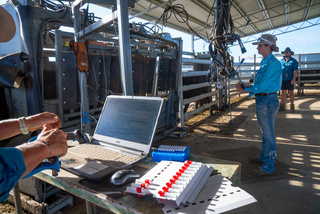

A single bull's genetics can influence your herd's profitability for decades to come. Even then, many producers still rely solely on visual assessment when making breeding decisions worth thousands of dollars. While an experienced eye certainly has its place in cattle selection, the limitations of visual appraisal alone can lead to missed opportunities for genetic improvement and reduced profitability.
This practical guide explores how balancing EBVs (Estimated Breeding Values) transforms traditional cattle breeding into a data-driven science. Utilising EBVs can enable producers to make informed decisions that create more efficient and profitable cattle operations. By understanding how to interpret and apply genetic data effectively, you'll discover how platforms like Farmbuy are making it easier than ever to identify superior animal genetics. You will be able to make decisions that align with your breeding objectives and ultimately maximise the financial benefits of your breeding programme.
Understanding the Fundamentals of EBVs
Estimated Breeding Values represent an animal's genetic merit for specific traits, predicting how that animal's progeny will perform rather than the animal's own performance. This is much like how a golf handicap indicates playing ability relative to others.
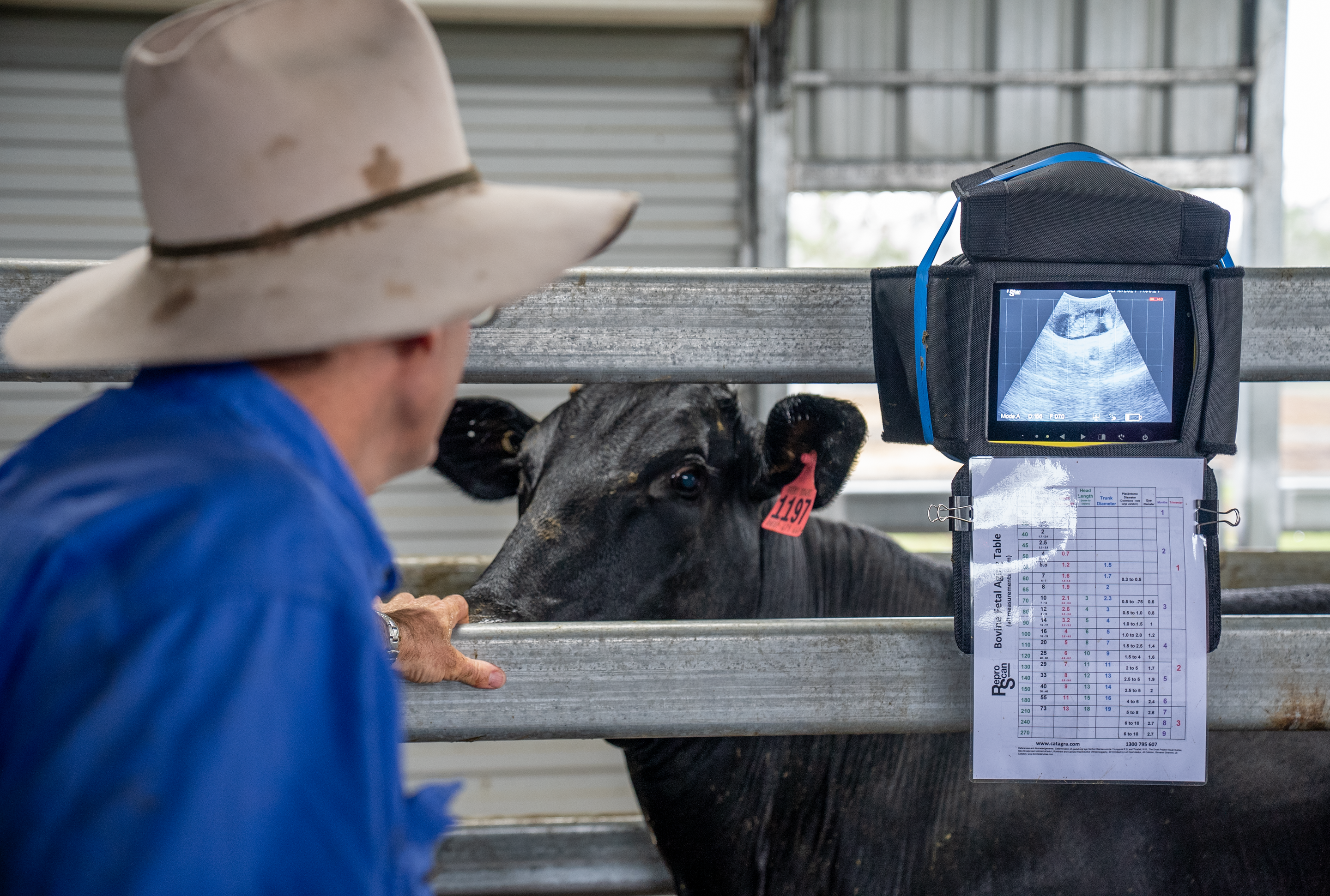

An EBV is expressed in the same units as the trait being measured (kilograms for weight, days for calving intervals), making it straightforward to understand the genetic potential indicators of any given animal. The accuracy of these breeding values, expressed as a percentage, determines how reliable the prediction is. Higher accuracy means less risk and more confidence in your breeding decisions. This genetic evaluation accuracy depends on several factors, including the animal's own performance data. Information from relatives also has an influence, such as from the sire, dam, and progeny. Genomic information has been increasingly important, as it can reveal genetic potential even in young animals without performance records.
Understanding that heritability varies between traits helps explain why some breeding scores are more reliable than others, making EBV accuracy crucial for assessing an animal's true genetic merit within your breeding programme.
Key Genetic Traits for Profitable Beef Animals
When evaluating important genetic traits for beef cattle, producers must consider a balanced approach across growth and carcass traits, fertility and maternal characteristics, plus other economically significant features like docility and feed efficiency.
Growth EBVs including 200, 400, and 600-Day Weight indicate an animal's genetic potential at different production stages. Carcass traits such as Carcass Weight (CWT), Eye Muscle Area (EMA), Rib and Rump Fat, and Intramuscular Fat (IMF%) directly impact your ability to meet market specifications and achieve premium prices for quality meat. Fertility traits remain fundamental profit drivers, with Days to Calving (DTC), Scrotal Size (SS), and Calving Ease (both Direct and Daughters) determining reproductive efficiency and the sustainability of self-replacing herds. This is particularly important for operations seeking to reduce replacement costs whilst maintaining maternal traits.
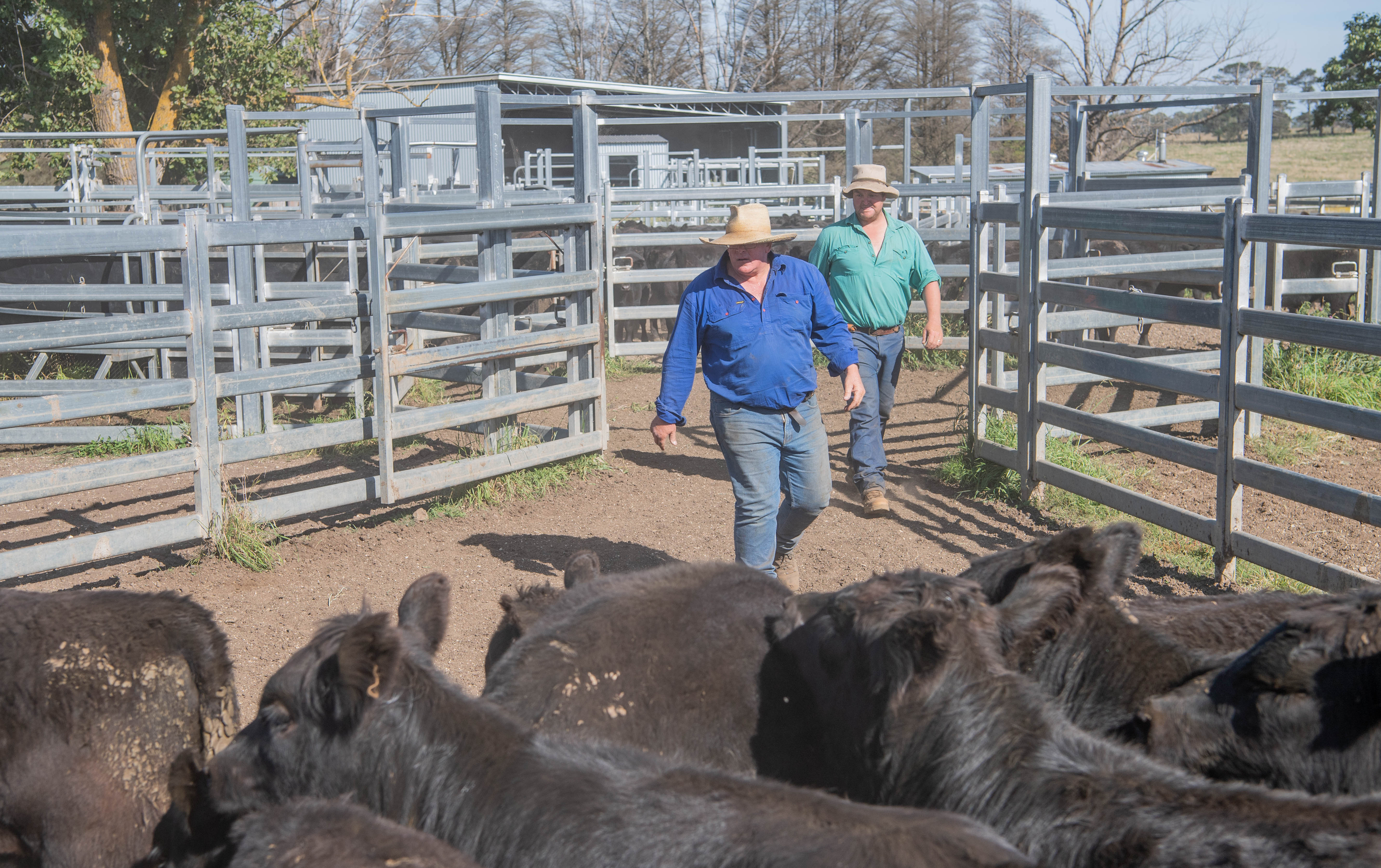
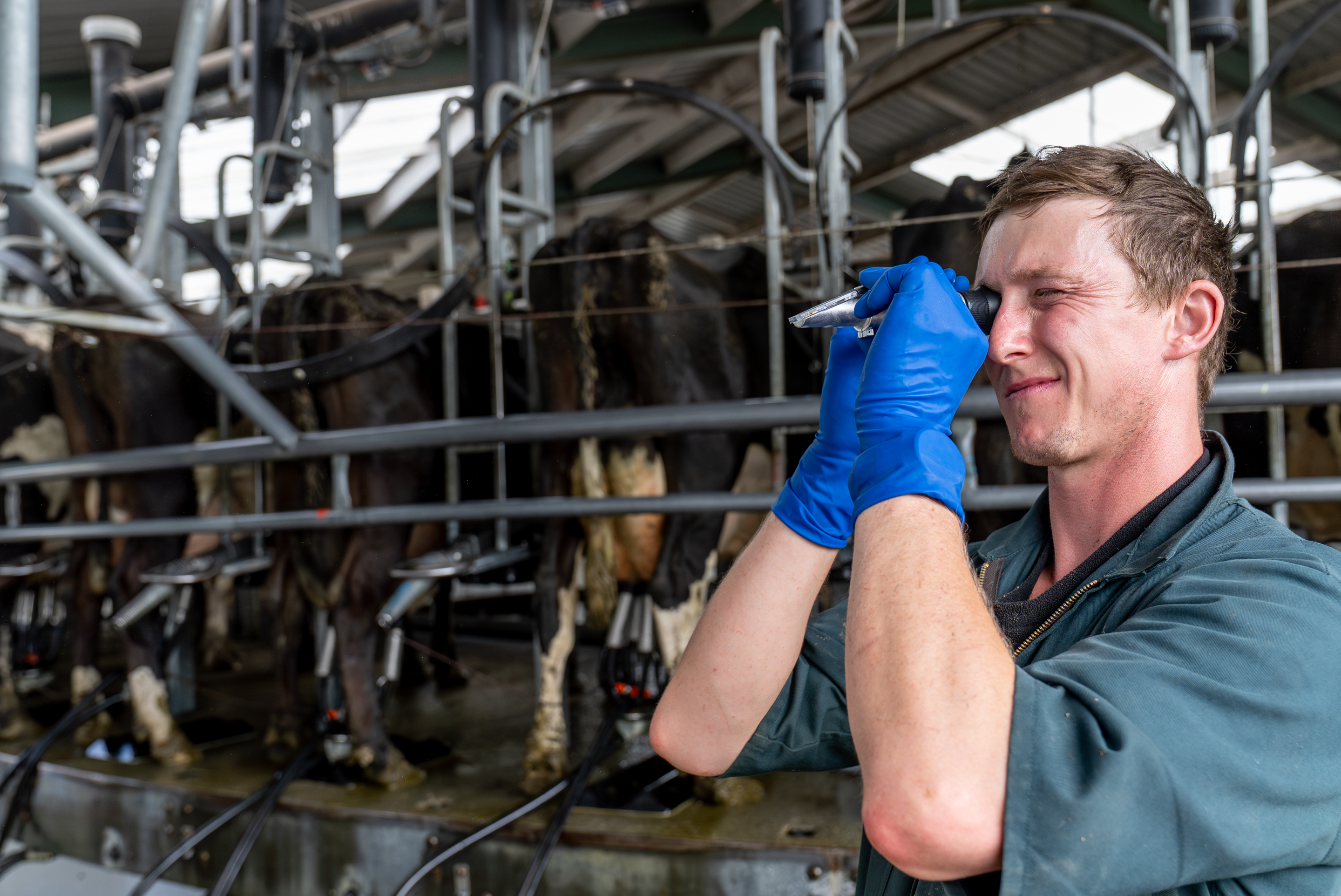
Beyond these core characteristics, selecting for good Docility (DOC) improves both handler safety and animal welfare. Stress-related production losses will be reduced as well, and Net Feed Intake (NFI) emerges as increasingly crucial for profitable livestock production by identifying animals that convert feed more efficiently. Input costs can then be minimised without compromising growth rate or other desirable genetic features essential for modern beef production systems.
A Step-by-Step Guide to Balancing Multiple EBVs
Defining your breeding objectives first is essential because there's no universal approach that suits every operation. Your specific environment, target market, and existing cow herd characteristics should shape whether you prioritise improving weaning weights without increasing cow size or focus on increasing marbling for premium markets.
Selection indexes simplify this complex multi-trait selection process by combining multiple EBVs into a single value, weighted according to economic importance for breeding objectives, such as Heavy Grain or Self-Replacing systems. Producers can then make balanced decisions quickly without getting overwhelmed by individual trait data. The dangers of single trait selection cannot be overstated, as focusing exclusively on maximising one characteristic often leads to unintended consequences due to genetic correlations. For instance, extreme selection for low birth weight might inadvertently compromise growth potential, and on the other hand, pursuing maximum growth without considering calving ease could create dystocia problems.
Successfully balancing genetic traits requires understanding these relationships and using tools that consider the whole animal, ensuring your breeding program advances multiple economically important traits simultaneously, rather than creating extremes that may prove counterproductive to overall herd profitability.
Applying Genetic Data in Your Cattle Selection
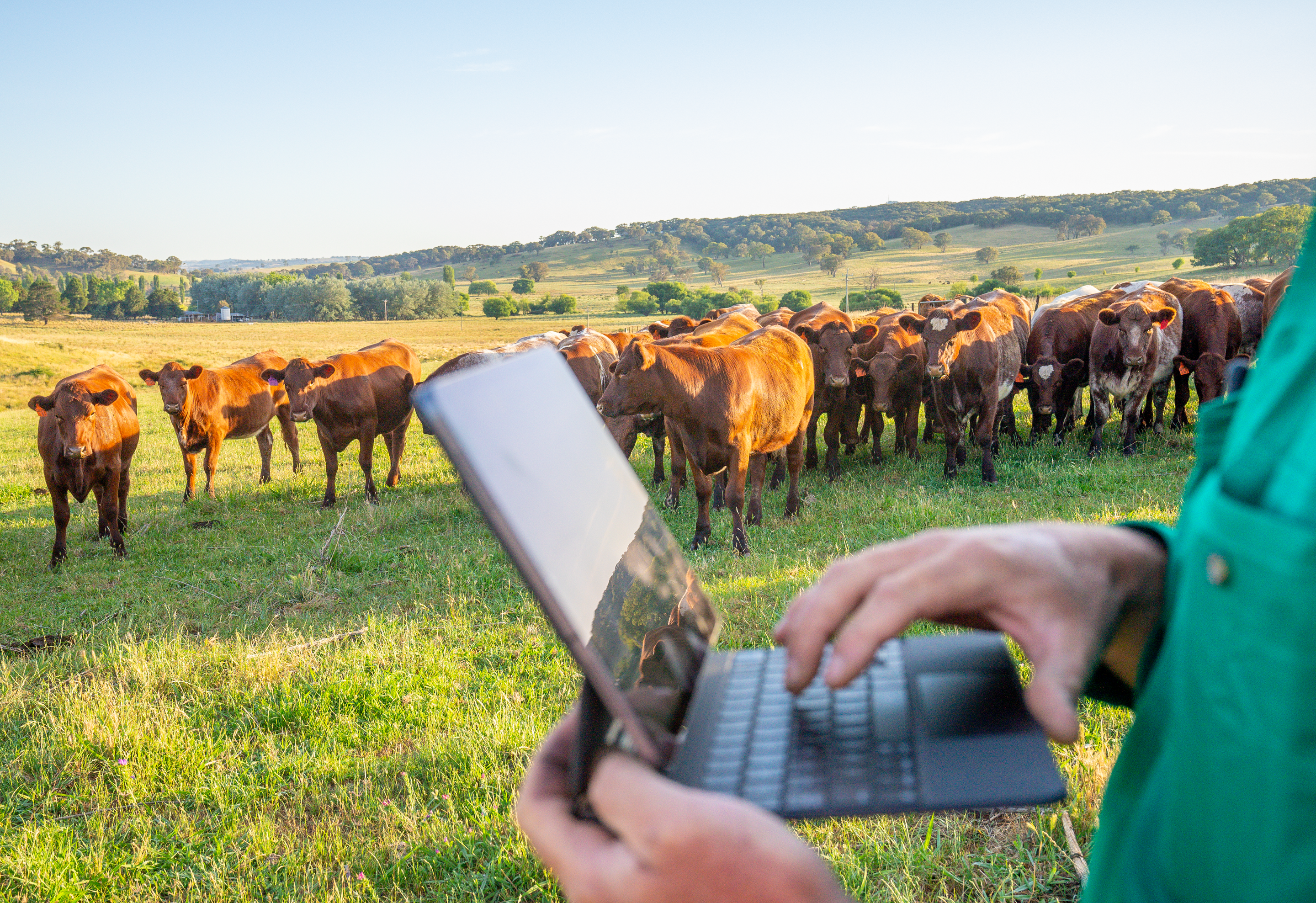
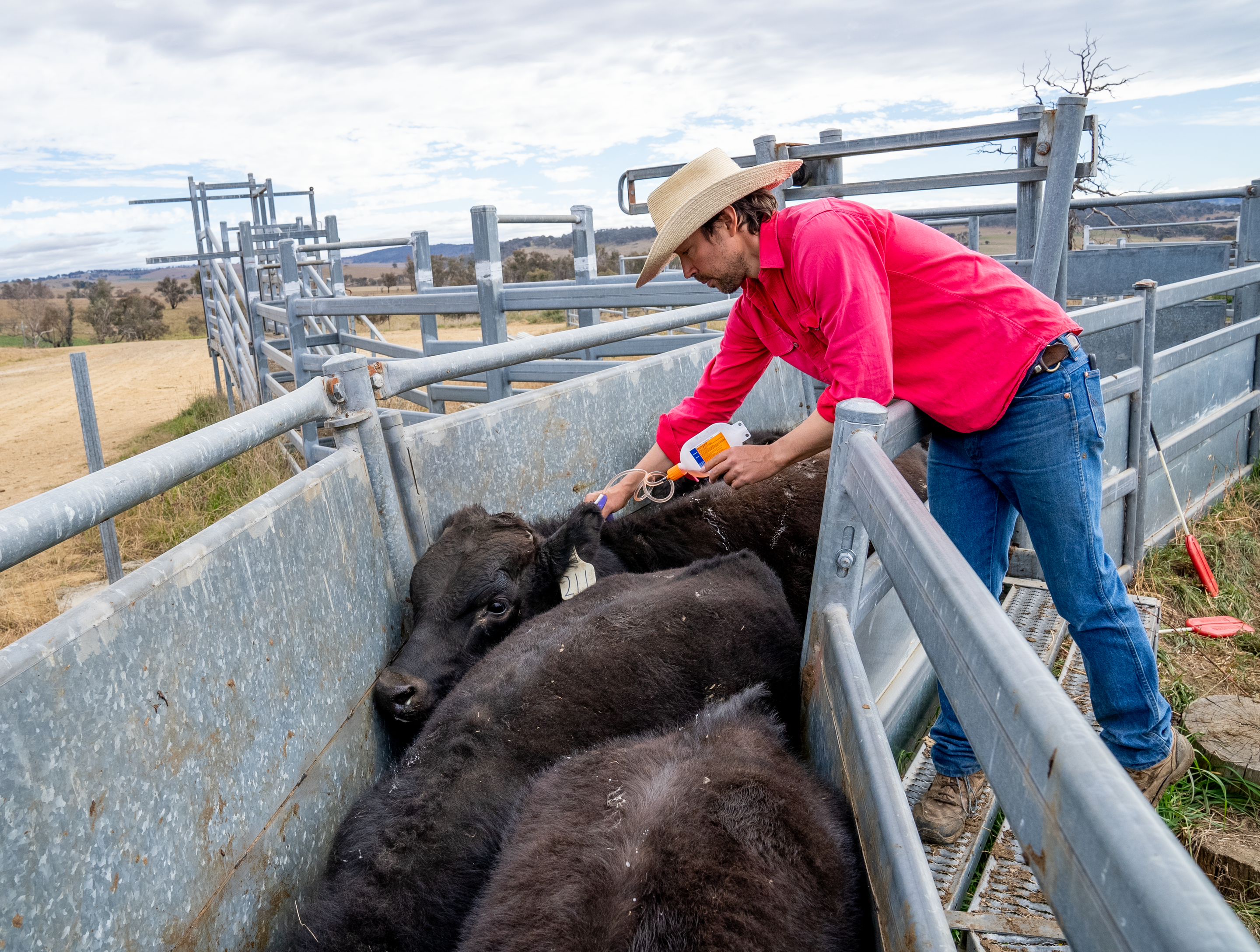
Reading and interpreting a bull sale catalogue effectively requires checking for EBVs, accuracy percentages, and percentile bands that benchmark each animal against breed averages. Doing this helps you quickly identify bulls that excel in traits important to your operation.
Making informed bull buying decisions starts with creating a shortlist based on relevant EBVs before attending sales. Prevent yourself from being swayed solely by appearance or sale-ring atmosphere. When you find cattle for sale on platforms like Farmbuy, you can easily filter by specific genetic criteria to find animals matching your requirements.
Balancing data with physical assessment remains crucial, as structural soundness and temperament still matter alongside genetic scores. But using breeding values alongside visual observations will greatly help in ensuring you're getting genuine value when you buy cattle, and avoiding paying premium prices for animals that merely look impressive.
This same approach applies to selecting replacement heifers. Using EBVs accelerates genetic progress in the female herd, done by identifying young animals with superior breeding potential before they've had their first calf. This process will enable rapid genetic improvement throughout your entire breeding program, whilst maintaining the practical steps necessary for successful cattle selection in commercial operations.
Final Thoughts on Long-Term Herd Profitability
Balanced genetic selection represents a long-term investment in your herd's future rather than an expense. Each breeding decision compounds over generations, creating sustainable profitability through improved performance, reduced input costs, and better market alignment.
Using EBVs isn't about chasing perfection, but is a means to manage risk and consistently move your herd's genetics in a more profitable direction. Keep in mind that small improvements across multiple traits create more economic returns than dramatic gains in single characteristics.
The livestock genetics available today through platforms like Farmbuy provide unprecedented access to detailed breeding information. It is now easier than ever for producers to implement data-driven selection strategies that were once available only to large stud operations. As genetic improvement accumulates over time, the financial benefits of superior animal genetics become increasingly apparent. These can manifest in higher weaning rates, improved carcass compliance, reduced veterinary costs, and greater overall efficiency. Start incorporating EBV data into your next bull or heifer selection process, even if it's just considering one or two key traits initially, and experience firsthand how balancing breeding values transforms your approach to creating truly profitable cattle suited to your unique operation.
Frequently Asked Questions
What is the main difference between an EBV and an animal's raw performance data?
Raw performance data reflects how an individual animal performed in its specific environment, influenced by factors like nutrition and management. An EBV estimates the genetic merit that animal will pass to its progeny by removing environmental effects and incorporating information from relatives, providing a true measure of breeding value across different conditions.
How accurate do EBVs need to be before I can trust them?
EBVs with accuracy above 50% provide useful selection information, with most producers comfortable using values above 60% for important decisions. Despite this, even lower accuracy EBVs are better than no genetic information. Remember that accuracy increases as more performance data becomes available from the animal and its progeny.
Can I compare EBVs from a bull of one breed to a bull of another breed?
EBVs cannot be directly compared across different breeds, as they're calculated relative to a breed-specific base population. This means that a +20kg EBV in one breed doesn't equal +20kg in another, although some breeding societies now offer across-breed EBVs. They enable valid comparisons when available through services like those listed on Farmbuy.
Why did an animal's EBVs change from last year?
EBVs change as new performance data becomes available from the animal itself, its relatives, and particularly its progeny, with genomic information also updating estimates. These changes typically stabilise as accuracy increases, reflecting more precise estimates of true genetic merit instead of actual changes in the animal's genetics.
What is the single most important EBV for a beef cattle operation?
No single EBV stands as universally most important, since priorities vary by production system. Terminal operations might prioritise growth and carcass traits, meanwhile, self-replacing herds value fertility and maternal characteristics equally. Making balanced selections through indexes is more valuable than focusing on individual traits.
How does genomic testing improve EBV accuracy?
Genomic testing analyses an animal's DNA to identify genetic markers associated with specific traits. They provide information equivalent to having several progeny on the ground, which particularly benefits young animals without performance records. They increase EBV accuracy from around 30% to 50-70% depending on the trait.
Do high-performance EBVs mean the animal will need more feed?
Not necessarily. While faster-growing animals (high growth EBVs) may eat more in absolute terms, they often reach market weight sooner with better feed conversion efficiency, and specific EBVs like Net Feed Intake identify animals that produce the same output whilst consuming less feed.
What is a common mistake people make when using selection indexes?
The most common mistake is using an index designed for different production goals than your own. For instance, applying a terminal index when selecting maternal bulls, followed by over-relying on indexes without checking individual trait EBVs that might be particularly important or problematic for specific operations.
Are EBVs useful for a commercial crossbreeding programme?
EBVs provide valuable information for crossbreeding by indicating the genetic merit each breed contributes. Although, heterosis (hybrid vigour) benefits come additionally, meaning progeny from high-EBV parents of different breeds often perform even better than EBVs alone would predict.
Where can I find the EBV data for a particular animal or breed?
Most breed societies maintain online databases with searchable EBV information, while sale catalogues include relevant data for animals offered. Increasingly, platforms like Farmbuy integrate this genetic information directly into livestock listings, making it easier to find and compare animals based on their breeding values alongside traditional sale information.







